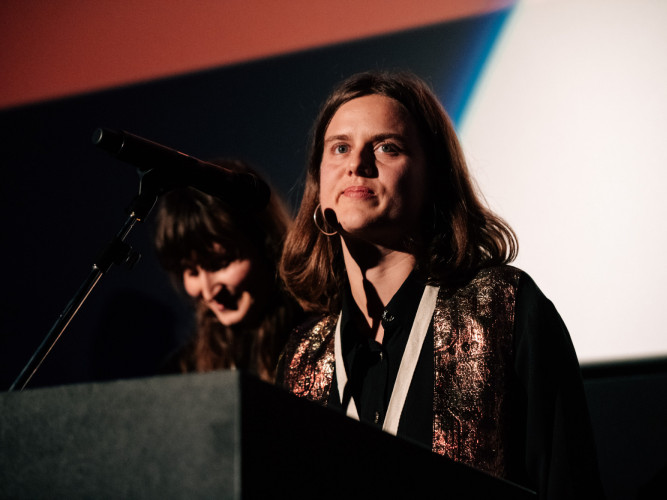Despite Canada’s enormity, it shares only one land border with another nation, the United States to the south. It is an impossibly vast and wildly diverse country. Inhabited by Indigenous people for thousands of years, the land was colonized by the British and French in the 16th century. In present-day Canada, the population is a mix of many ethnic groups, including Indigenous peoples (First Nations, Inuit, and Métis). While English and French are the two official languages, there are still more than 60 Indigenous languages spoken. Accordingly, Canadian cinema is highly eclectic, influenced by language, geography, and various cultural communities. The eight curated programmes presented here showcase the complexity of this cinema as well as its evolution through history.
One of the key institutions in Canadian film is undeniably the National Film Board (NFB). Established during World War II with war-oriented films, the NFB is now a leader in documentary, animation, and interactive experiences. Postwar, new innovative departments were created, thanks to which we now know the work of animator Norman McLaren, Direct Cinema documentarians Pierre Perrault and Michel Brault, as well as Colin Low and the Challenge for Change / Société Nouvelle project, which focused on giving voice to Indigenous filmmakers. More recently, the NFB has grown into a public film and digital media producer and distributor funded by taxpayer money through the Department of Canadian Heritage.
After the 1970s, French-speaking Quebec filmmakers distanced themselves from documentary and animation to pursue fiction. They delved into personal narratives, themes around language, and explored political disillusionment in their characters and storylines. Two referendums (1980 and 1995) asked the population whether Quebec should pursue sovereignty and become an independent country. Voters rejected secession both times, but the referendums impacted the political tenor of the times. Filmmakers like Denys Arcand, Léa Pool, André Forcier, and Francis Mankiewicz created existentialist works about Quebec society and its distinctive character, language, and culture within Canada.
Outside big cities like Montreal, Toronto, and Vancouver, cinema was always a difficult art to fund, but a remarkable epicentre of independent cinema emerged in Winnipeg. Through the Winnipeg Film Group, films were funded, produced, and shown in their own cinematheque. Thanks to this vibrant community, Winnipeg gave us filmmakers such as Guy Maddin, Deco Dawson, Caroline Monnet, Matthew Rankin, and Ryan McKenna.
Canada and its land inevitably bring to mind an image of mysterious wilderness and infinite possibilities. Its complicated history notwithstanding, the country prides itself on societal values of tolerance, freedom of speech, and respect. These have produced a cinema that is daring and resolutely punk in its attitude. There is an abundance of perspectives and creativity born of the diversity of voices that come from disparate and sometimes marginalized communities.
Émilie Poirier
Nature & NurtureMore than two million lakes and 42 national parks; bears, wolves, cougars, moose, and bald eagles in 3.62 million km2 of forest; northern lights and the Niagara Falls – with this year’s Main Focus on Canada, dedicating a programme to the country’s awe-inspiring nature and its abundance of natural resources was a no-brainer. Then again, contemporary Canada is a highly industrialized and urbanized country with multi-million cities like Toronto, Montreal, and Vancouver.
The phrase «nature vs. nurture» is often used to juxtapose genetics and other biological factors with the influence of exposure and experience on human and animal behaviour. The title of this programme is to be taken more literally: The films feature many of Canada’s magnificent natural habitats and the people and animals who take care of them, protect them, live off them, and – alienated from nature in a heavily industrialized society – also pose a danger to them. Sometimes, civilization clashes with nature. Other times, however, they have learned to coexist and cohabit in the same spaces. The programme explores the tenderness but also the tension between these states of being.
With a variety of documentary, fictional, and experimental shorts, Nature & Nurture travels through different parts of Canada, through its seas, forests, and mountains, to First Nation villages and traditions, through ice and snow, but also into the lives of climate activists and teachers, a pregnant woman working on a farm, and siblings fighting in the woods. With a changing pace, the programme shows how majestic nature is, how humans try to preserve it or save it from the damaging effects of globalization, how they try to coexist with it, and finally, how humans can be part of nature themselves.
Curated by Anita Magni and Laura Walde
with the kind support of: 



















